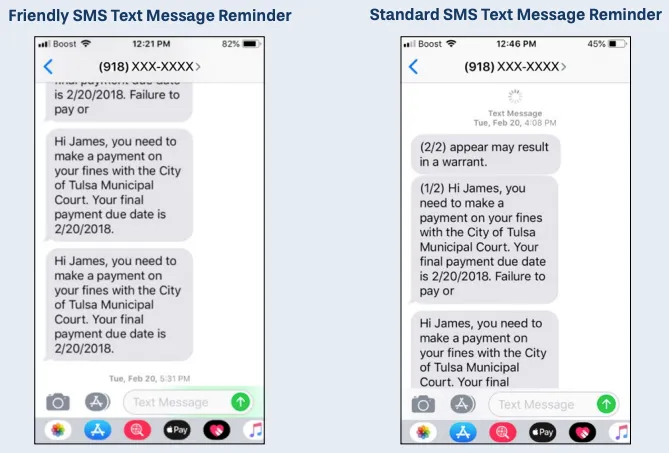Oklahoma City, Oklahoma, USA
Using Evidence to Improve Emergency Medical Care
Project Type:
Health and Wellbeing, Homelessness, Housing

At a Glance
The City of Oklahoma City became the lead for the Key to Home Partnership — a collaboration of over 50 organizations working to prevent and end homelessness — and successfully housed 1,610 individuals in 2024.
Developed an evidence-based emergency response strategy, providing nearly 100 trauma patients with life-saving blood transfusions in the field before they get to the hospital.
Launched an innovation team, which leads data governance efforts and partners with the “Leading With Results” performance management team to continually monitor, evaluate and improve City operations.
Formed a data governance board to engage city departments in finding ways to make data more shareable, secure and useful in decision making.
In January 2024, two Oklahoma City paramedics found themselves 120 miles from a hospital tending to a man who had been crushed by a bulldozer. They did something unusual in civilian trauma cases: They administered a blood transfusion in the field. The man survived the two-hour trip to the hospital, where he received additional treatment.
The idea of transfusing a patient in the field may not sound revolutionary, but it actually flips traditional protocols upside down. For years, the status quo in these trauma cases has been the same: Blood transfusions happen in the hospital, and the paramedics’ goal is to get to the hospital as fast as possible.
In Oklahoma City, paramedics with the Fire Department had an idea: What if instead of transporting the patient to the blood, they brought blood to the patient? It might buy trauma patients valuable time to make it to the hospital alive.

Rather than immediately launching a new program, Fire Department leaders started by looking at experiences of other cities. They reviewed the research on emerging practices and found evidence that the approach would save lives. Not only that, but their peers in San Antonio had started a groundbreaking program just like this in 2018. It was working so well it had become a national model.
Backed with hard evidence, Oklahoma City leaders built their new program. Two Fire Department emergency units carry mobile transfusion kits that include bags of refrigerated blood and a device that quickly warms the blood to body temperature. Paramedics are now able to transfuse patients in the field, ahead of additional care at the hospital. As Carl Cobb, Battalion Chief of Emergency Medical Services for the Oklahoma City Fire Department, puts it, “It helps the paramedics or EMTs that are providing care know that they are giving them the best chance of survival.”
“Our data governance board is an important piece of breaking down silos between departments, and it couldn’t happen without leadership support. It makes sure that departments know it’s not just that we want to measure stuff but that we want to make sure the measures are correct, easy to access, and actionable.”
“The way our data governance board approaches issues is not about one department being better than another. It’s about all of us being good together.”

1,610 individuals successfully housed in 2024
Now, it’s making a big difference for Oklahoma City residents. Through the program, OKCFD and EMSA paramedics have administered whole blood to more than 90 patients in the field. Of those the Fire Department responded to, 89 percent survived the trip to the hospital. And 69 percent of them survived to hospital discharge.
The Oklahoma City program is a partnership among the Fire Department, Oklahoma University Health, EMSA, Our Blood Institute, the regional blood bank and more. The partners meet to review every case where whole blood is used to assess how the program is working. They’ve already made some tweaks based on their ongoing evaluations. For example, at first, only male patients aged 15 and up, and females over age 50 were eligible — there were concerns about risks of reactions to O-positive blood among women of childbearing age. Now, all patients aged 15 and up are eligible, and the partners are looking at whether the age limit can be lowered to 6.
Paramedics say the new program, grounded from the start in evidence that it would work, is a game-changer. “I’ve been working for 30 years,” says Oklahoma City paramedic Jennifer Hamilton. “No changes have made more impact in my work than the whole blood program.”
“Achieving What Works Cities Certification is more than just validation of the work we’ve been doing with data. More importantly, it sets us on a path where we can grow and get even better.”
